Electric Boat Motor Roundup 2023

The race to tap the burgeoning market for electric power in recreational boats is clearly underway, with Brunswick announcing last year that it would field five electric propulsion systems by 2023 and Yamaha releasing the Harmo electric, in addition to numerous independent players producing outboards to 180-hp equivalency and inboards to 400-hp.
Pollution Free Power
Electric motors, aside from producing no single-point air pollution, have the advantage of low noise levels and far fewer working parts than internal combustion engines.
Some motors on larger yachts are designed to run on solar battery power alone for days or weeks, producing no carbon footprint beyond what it takes for their manufacturing process. Their range is limited only by available sunshine.
Battery Development Underway
And development of more compact, lighter, more powerful and quicker-charging batteries is also well underway, spurred by the rapid growth of the auto industry. New chemistries eliminating expensive, hard-to-get and potentially-explosive elements like cobalt are also being rapidly developed.
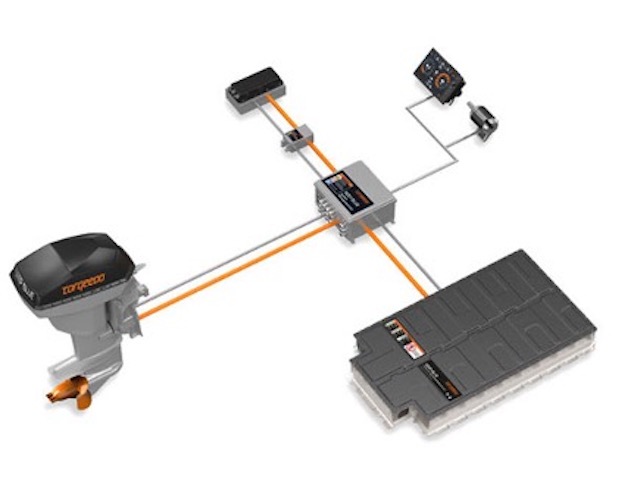
While the motors themselves are generally priced reasonably, the cost of battery systems continues to be a sticking point, with some battery setups for higher-output motors tripling the price of the motor itself. Sourcing high-output battery components is also an issue likely to grow larger as the demand grows rapidly worldwide.
Low Maintenance, Long Service Life
However, the low maintenance and extended life span of electrics should be a big plus for them as they build a reputation through use. The massive infusion of cash and engineering know-how from a number of major players in the industry will assuredly bring lower prices as well as better performance as the market develops.
Low Cost Power
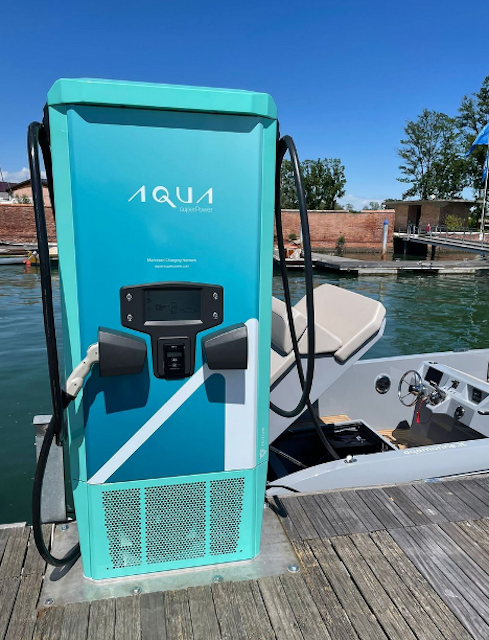
While electric motors in marine applications have limited range at present, the battery banks can be recharged at any modern marina overnight, and fast-charge stations like those from Aqua superPower are rapidly becoming available at major boating centers.
The cost for recharging battery banks for the typical electric-powered day boat is roughly $5 to $6 per day according to estimates from Vision Marine, as opposed to $100 to $200 per day to fuel an internal combustion boat.
In short, for many short-range, day-boating applications, electric motors are already a reasonable alternative to conventional power. As the technology develops and (hopefully) prices go down, it’s likely they will become the logical choice for many of us.
Here’s a look at some of the e-motors that are creating interest this boating season:
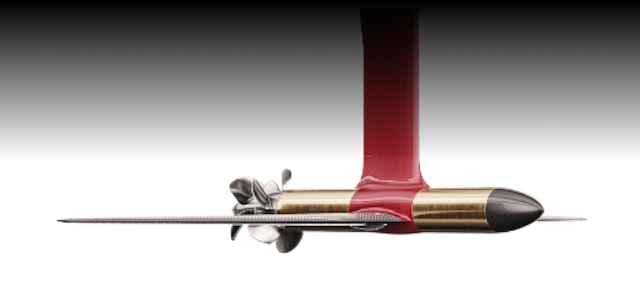
The Candela C-Pod is a compact, streamlined electric system fitted into the pod of a hydrofoil on Candela boats. It has two electric motors and counter-rotating props, and the company says it produces 23 percent more range than conventional electric motors used in boats thus far.
The system is rated at 50 kW and weighs only 110 lb (50 kg). It’s currently only sold as part of the Candela C-8 hydrofoil, which goes for around $318,000 USD including battery banks and controls; https://candela.com.
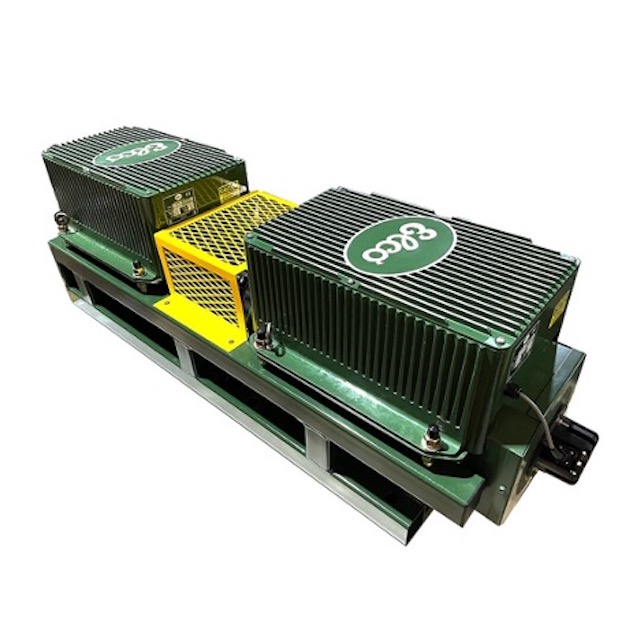
Elco is perhaps the oldest name in electric boat motors, and is still producing a variety of outboards from 5 to 50 hp equivalent suitable for fishing and utility boats as well as tenders and other small recreational boats. They also make inboard electric motors designed to adapt to the motor mounts of many smaller inboards up to 200 hp.
The 200-hp model is about $50,000 plus an added $14,000 for Victron AGM Deep Cycle battery bank; https://www.elcomotoryachts.com.
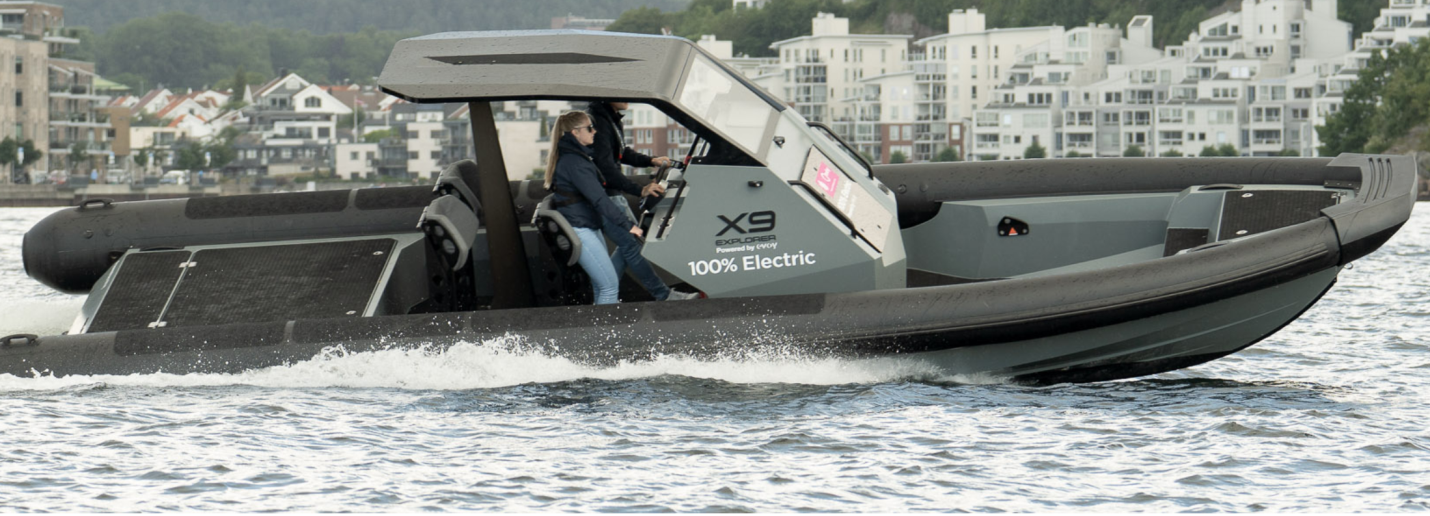
Envoy reportedly builds the most powerful inboard electric currently available for recreational boating applications, with the Hurricane 400 producing 400 continuous horsepower equivalency and peak power to 800 hp. Over-the-air updates and a programmable system monitors, troubleshoot and updates the software onboard. The system is nearly maintenance-free, according to the company. The system can be connected to a stern drive, water jet, or shaft drive.
The company is also slated to produce the Envoy Storm, a 300-hp equivalent outboard with projected price of about $81,000 USD. The company’s battery systems are compatible with fast DC charging enabling up to 200 kW supercharging. The motors are sold with sealed lithium-ion 63, 126 or 189 kWh battery packs: https://config.evoy.no.

E-Propulsion makes lightweight 6-hp and 9-hp equivalent electric outboards packaged with 48-volt lithium-ion batteries. They’re available in both tiller and remote control. The 6-hp equivalent model weighs 53.6 lbs (24.3 kg) and is priced at $2,999 and the 9-hp equivalent weighs 79.4 lbs (36 kg) and is priced at $3599. They’re available in two shaft lengths.
The E-40 lithium-ion battery is $1399, the E-175 battery $4399. They also make pod drives in 3, 6 and 9.9 hp models and have introduced lightweight, compact water-cooled inboard electrics in 10, 20 and 40 kW (53 hp) models: https://www.epropulsion.com.
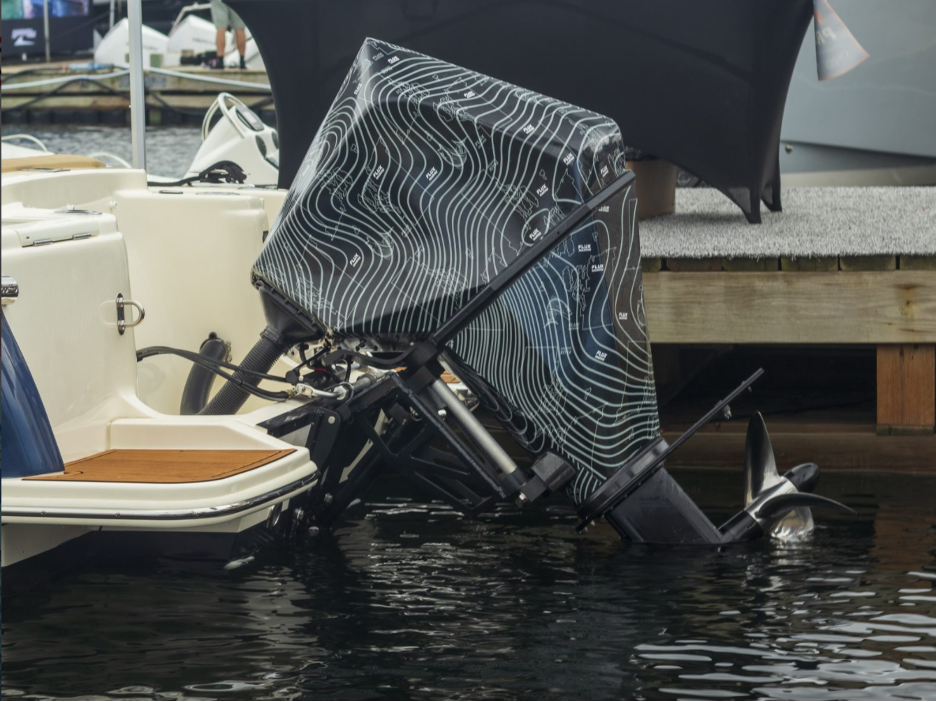
Flux Marine is projecting production of 15, 40, 70 and 100 hp equivalency electric motors this year. The 70 will go for about $12,000. It includes electric tilt and trim and a 3.3 kW charger standard, and weighs just 140 lbs (64 kg). The company’s 40 kWh battery adds $20,000 to the price.
The company says there will be a 5-year warranty, and distribution will begin this summer. They are also offering packages with a Flux RIB 13’ rigid hulled inflatable boat with a 5.75’ beam that comes with a 40-hp engine. It pushes the boat to a top speed of 26 mph and an estimated range of 30 miles (48 km). Pricing for the RIB starts at $35,000: https://www.fluxmarine.com.
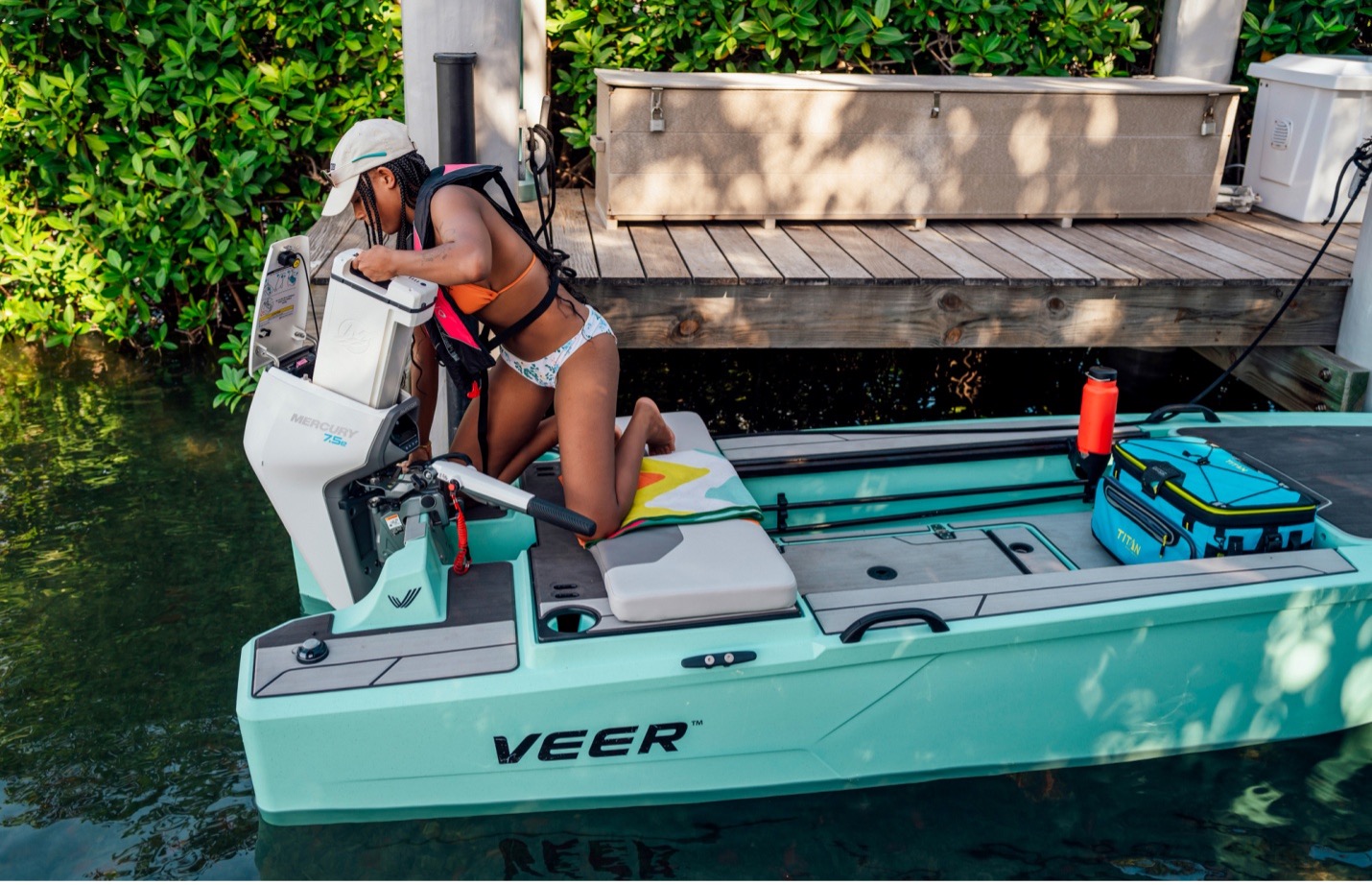
The Mercury Avator 7.5e is Mercury Marine’s first step into electric motors. It produces about 3.5 hp equivalency, but the company says they will soon build at least four higher power electric outboards including a racing engine. The Avator includes a lithium-ion battery that easily slides out of the hood for replacement and a transverse flux motor that increases low-speed torque and efficiency, per the company.
The motor itself weighs about 37 lb (16.7 kg), the battery about 15.4 lb (7 kg). Mercury will release 20e and 35e electric outboards later this year; https://www.mercurymarine.com/en/us/land/mercury-avator-electric-outboa…;
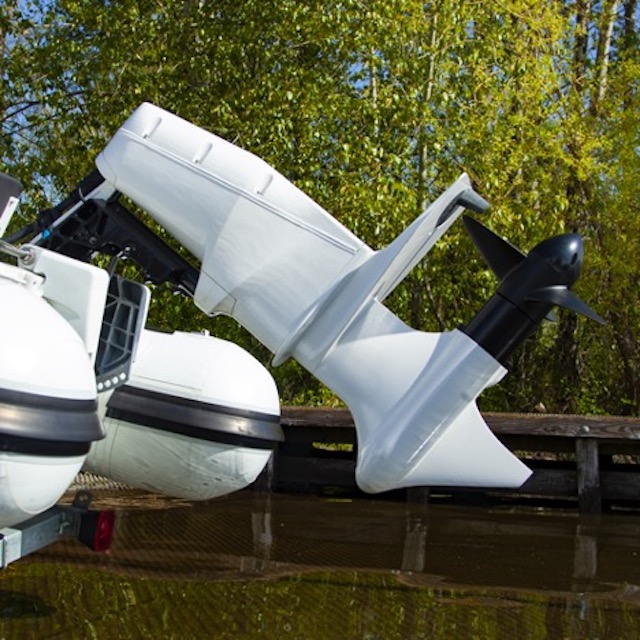
The Pure Watercraft 25 kW electric motor looks a lot like the mid section and lower end of a gas outboard, minus the powerhead. It puts out power equivalent to a 50-hp internal combustion motor, according to the company. The motor weighs only 112 lbs, the single battery pack an added 118 lbs. The digital display shows all of the information you need on one screen: battery state of charge, speed of travel, and travel distance remaining based on current speed.
The unit is Bluetooth enabled so updates to the system happen automatically and performance characteristics can be remotely diagnosed, making the outboard smarter and more efficient. It’s about $21,600 with a single battery pack or around $30,000 with a double. https://www.purewatercraft.com
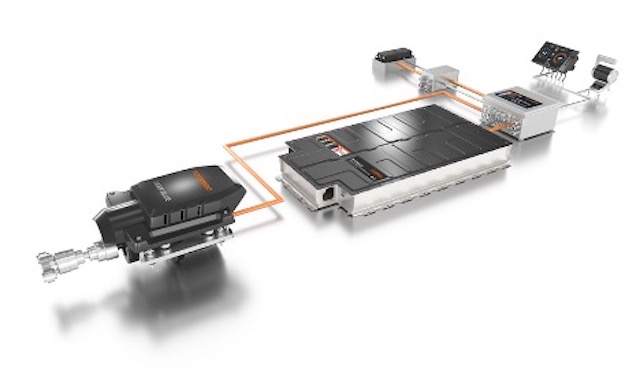
Torqeedo produces widely used electric outboards as well as inboard electric systems. The outboards range from the tiny 1 hp kayak/canoe motor which weighs just over 19 lb (8.8 kg) to the 80-hp Deep Blue, weighing about 306 lb (139 kg). The water-cooled inboards also top out at 80 hp equivalency.
The smallest motors are about $1500, the largest about $16,000, with control systems and battery packs extra: https://www.torqeedo.com/us/en-us/products/outboards.
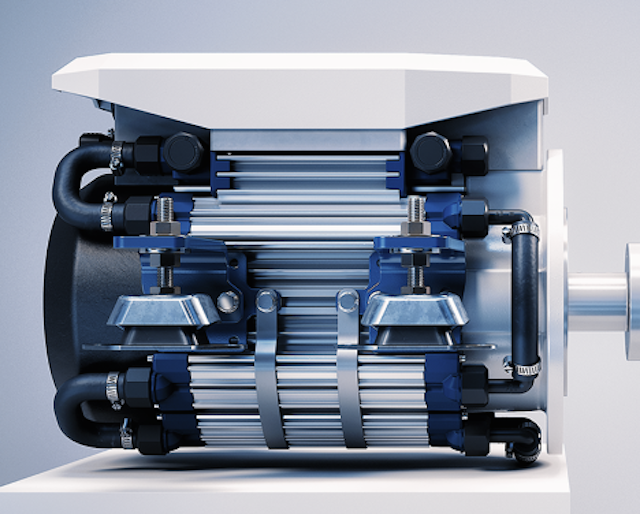
The Vetus E-Line electric motor is a 48-volt inboard design featuring “Active Electronic Braking” for full control without a gearbox and clutch. They’re suitable for pond boats, sailboats and other low speed vessels. The compact high torque electric motor can change the direction of rotation almost immediately, allowing a boat to be stopped within one boat-length if necessary.
It’s available in 5 kW, 7.5 kW and 10 kW (about 22 hp) models. The motors are cooled by both water and air. The 10 kW model weighs only 71 kg (157 lb): Vetus.com.
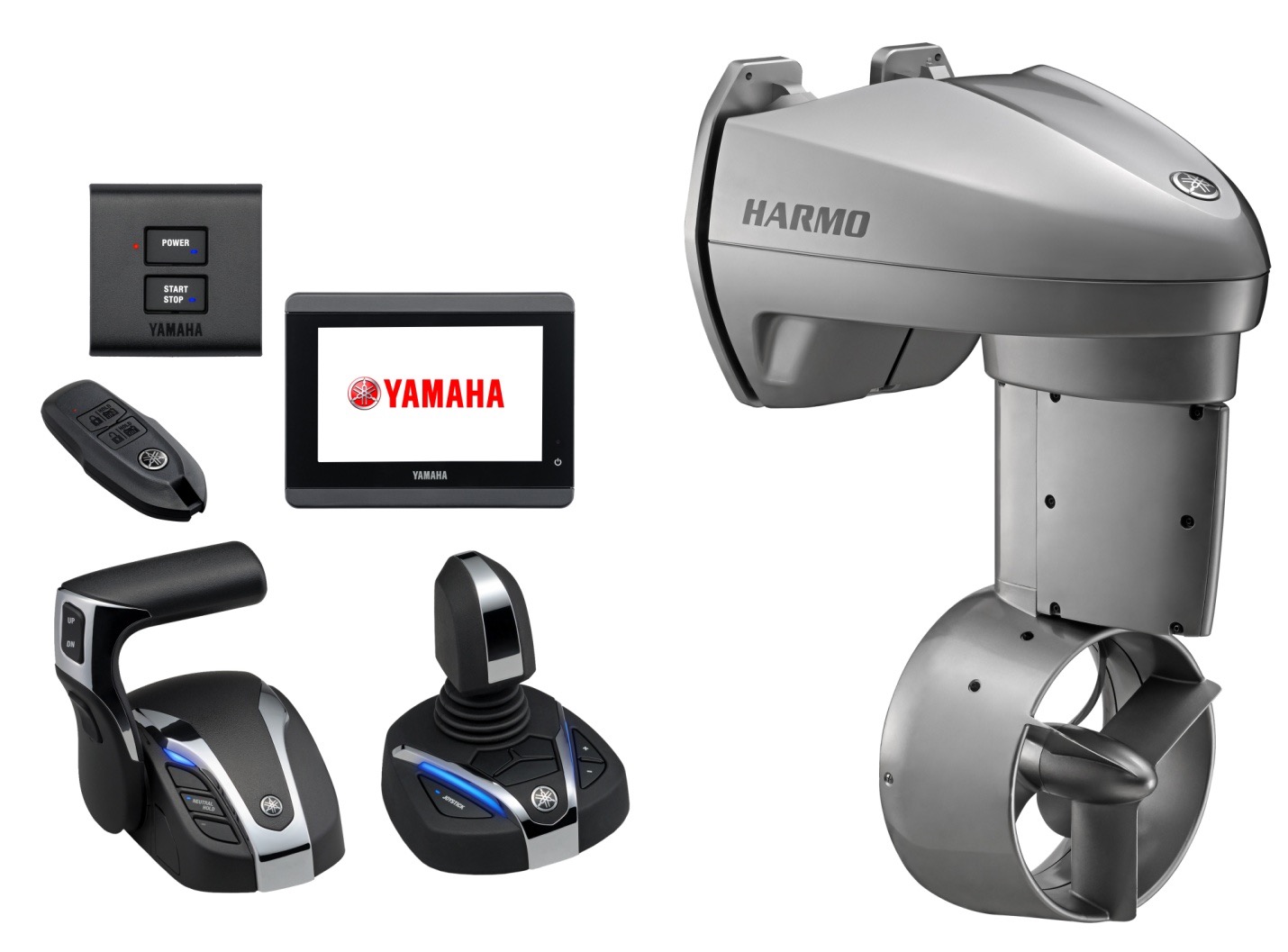
Yamaha’s Harmo transom-mount electric is a low-speed maneuvering system suitable for boats used on horsepower restricted or no-internal-combustion waters, but it’s likely to soon be joined by more robust and powerful units. “As battery technology/efficiency progresses, it will help expand all electric propulsion areas, including larger and higher-output marine products,” says Phillip Speligene, Yamaha’s product planning department manager.
Harmo employs a 15” diameter, four-blade aluminum impeller powered by a brushless 3.6-kW motor. It weighs 121 pounds and produces 225 static pounds of thrust, which is the equivalent of a 9.9-hp gasoline outboard. No price has been revealed at present; www.yamahamarine.com.